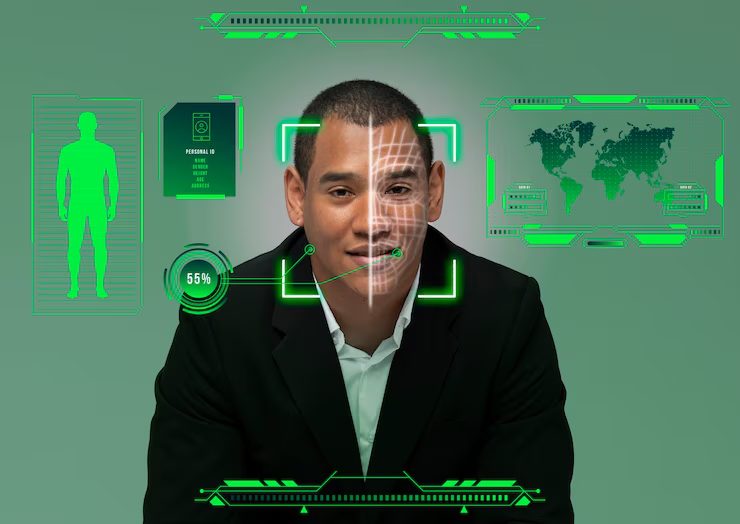Forget the days of #braindead passwords you can’t remember and security questions your grandma could answer. The future of identity verification is sleek, secure, and already built-in to your awesome body: biometric authentication. This cutting-edge technology uses your unique physical or behavioral characteristics to verify who you are, making it way cooler (and safer) than those tired old password routines.
Biometric Authentication: It’s Not Just for Sci-Fi Movies Anymore
Biometric authentication might sound like something straight out of a futuristic spy thriller, but it’s rapidly becoming a reality. From unlocking your phone with your fingerprint to swiping your face to pay for your morning latte, biometric authentication is already woven into our daily lives. Here’s what makes it such a game-changer:
Security on Steroids: Say goodbye to easily hackable passwords. Biometric authentication leverages unique features like your fingerprint, iris scan, or voice recognition, making it much harder for imposters to impersonate you. Think of it as a personal security key built right into you!
Convenience is King (and Queen): No more scrambling to remember complex passwords or digging through your bag for a forgotten security key. Biometric authentication is fast, and easy, and eliminates the frustration of forgotten login credentials.
A Boon for Businesses: Biometric authentication offers a robust security solution for businesses, protecting sensitive data and streamlining access control. Imagine secure access to company servers with a simple fingerprint scan – way more efficient than fumbling with keycards.
Biometric Authentication: A Peek Under the Hood
Biometric authentication comes in many forms, each with its own unique strengths. Here’s a quick rundown of some popular methods:
Fingerprint Recognition: This is a common type of biometric authentication, using the unique patterns on your fingertips to verify your identity. Most smartphones and some laptops now come equipped with fingerprint scanners.
Facial Recognition: Unlock your phone with a quick selfie? That’s facial recognition in action! This technology analyzes your facial features to confirm it’s really you.
Iris Recognition: Think of it as a super high-tech eye scan. Iris recognition analyzes the unique patterns in your iris for secure identity verification. While less common than fingerprint scanners, it’s gaining traction in high-security applications.
Voice Recognition: Ever use voice commands to unlock your phone or activate your smart speaker? That’s voice recognition at work! This technology uses your unique vocal characteristics to identify you.
Biometric Authentication: It’s Not All Sunshine and Rainbows (But Mostly Sunshine)
Biometric authentication offers a plethora of benefits, but it’s important to consider some potential drawbacks:
Privacy Concerns: The use of personal biometric data raises privacy concerns. It’s crucial to choose systems with robust security measures and understand how your data is stored and used.
Potential for Errors: No technology is perfect, and biometric authentication systems can sometimes make mistakes. For example, facial recognition technology has faced criticism for potential bias.
Accessibility Considerations: Not everyone has access to all forms of biometric authentication. For example, someone with a hand injury might struggle with fingerprint scanners.
Biometric Authentication: The Road Ahead
Biometric authentication is still evolving, but its potential is undeniable. As technology advances and security concerns are addressed, we can expect biometric authentication to become even more widespread. Take a peek at what the horizon holds for the future.
Continuous Authentication: Imagine a world where your identity is constantly verified in the background, eliminating the need for constant logins. This could be used for everything from securing online transactions to streamlining airport security checks.
Multimodal Authentication: Combining different types of biometric authentication (like fingerprint and facial recognition) could offer an even higher level of security.
Wearable Tech Integration: Biometric authentication could become seamlessly integrated into wearable tech, making it even more convenient and accessible.
Biometric Authentication: A Future We Can Embrace
Biometric authentication offers a secure, convenient, and futuristic way to verify our identities. While there are some potential drawbacks to consider, the benefits are undeniable. As technology continues to develop and security concerns are addressed, biometric authentication is poised to become the new standard for identity verification, making our digital lives smoother and safer.







